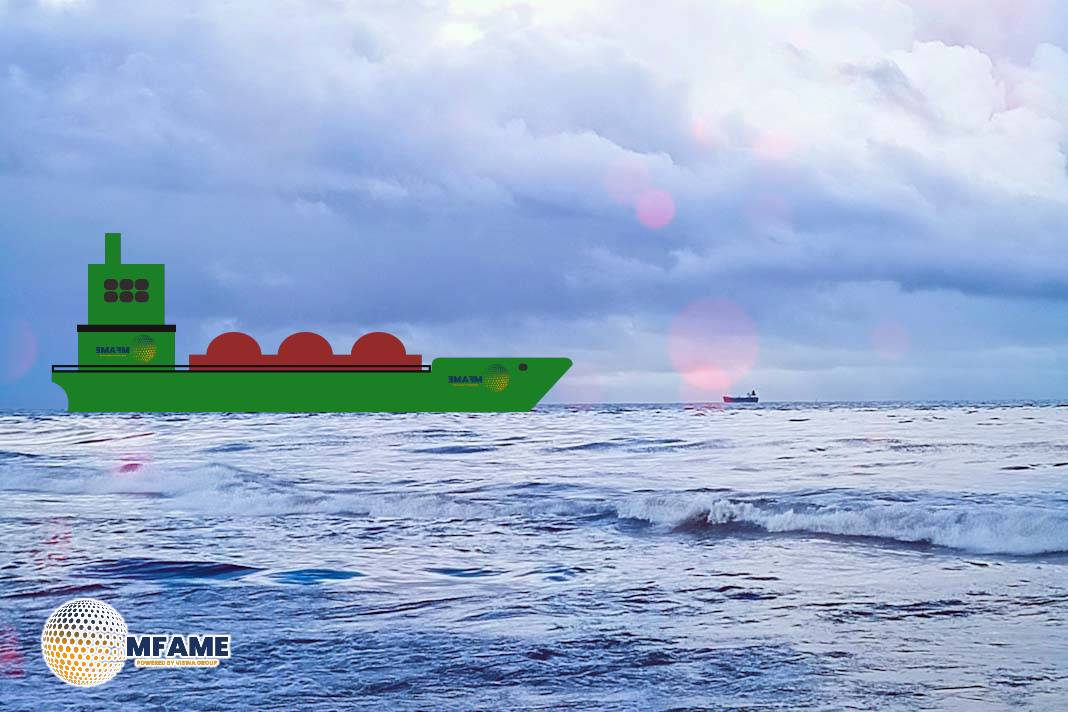 As the maritime sector adapts to tightening EU environmental regulations like the EU Emissions Trading System (EU ETS) and FuelEU Maritime, a divide is emerging in how different industry players respond.
As the maritime sector adapts to tightening EU environmental regulations like the EU Emissions Trading System (EU ETS) and FuelEU Maritime, a divide is emerging in how different industry players respond.
While vessel owners and managers are primarily concerned with cost recovery and risk management, commercial operators, pools, and charterers are confronting a different, more complex set of operational and strategic challenges.
Owners vs Operators: Diverging Priorities in Compliance
For owners and managers, compliance is a pass-through cost. Their main goal is to:
-
Ensure transparent reimbursement for EU ETS and FuelEU expenses
-
Develop efficient invoicing and collection mechanisms
-
Minimize financial exposure from regulatory changes
In contrast, operators and commercial pools must decide how to comply—balancing cost, fuel strategy, and voyage planning.
Compliance Uncertainty Under FuelEU Maritime
FuelEU Maritime introduces year-long compliance tracking, creating planning challenges:
-
A deficit can be reversed with one compliant voyage, but surpluses can also vanish quickly
-
The need for real-time tracking and forecasting tools becomes essential
-
Decisions must be flexible enough to account for shifting compliance positions throughout the year
Pooling and Strategic Fuel Choices
Operators managing fleets or pools have access to FuelEU pooling, which lets compliant vessels offset non-compliant ones. But this adds complexity:
-
Which vessels to pool, when, and under what terms?
-
Should biofuels be used?
-
Which voyages or trades make most strategic sense?
These decisions are highly data-driven and affect both profitability and compliance performance.
Contractual Ambiguity in Chartering Agreements
Unlike owners, commercial operators face another layer of complexity:
-
Who bears the regulatory burden under charterparty agreements?
-
Are the costs for biofuel, ETS allowances, or pooling responsibilities clearly assigned?
-
Legal clarity is now a competitive advantage in managing compliance risks.
Tools to Navigate a Complex Regulatory Future
To help commercial players make informed decisions, new tech solutions have emerged:
Compliance Forecaster:
-
Delivers real-time, annualized ETS and FuelEU exposure forecasts
-
Models operational choices like deployment strategies, bunker decisions, and fuel blends
-
Allows for simulation of real-world fuel and emission impacts at both fleet and voyage level
FuelEU Pooling Marketplace:
-
Offers transparency into surplus credit pricing for FuelEU pooling
-
Helps operators evaluate whether to purchase compliant fuels or pool surpluses
-
Supports strategic cost-saving decisions based on live market data
The Path Forward: Data, Flexibility, and Forecasting
As these regulations mature, so must industry strategies:
-
Operators must forecast, simulate, and adjust in real-time
-
Pooling decisions, charter agreements, and fuel strategy require alignment across commercial and regulatory goals
-
Market transparency and digital tools are no longer optional—they are essential
The maritime industry’s response to environmental regulations is not one-size-fits-all. While vessel owners seek cost recovery, commercial operators face the operational burden of strategic compliance. With the right forecasting tools, pooling marketplaces, and decision-support systems, these players can turn regulatory complexity into a competitive advantage—ensuring not only compliance but also cost efficiency and market leadership in the decarbonizing maritime future.
Did you subscribe to our daily Newsletter?
It’s Free Click here to Subscribe!
Source: Ocean Score















